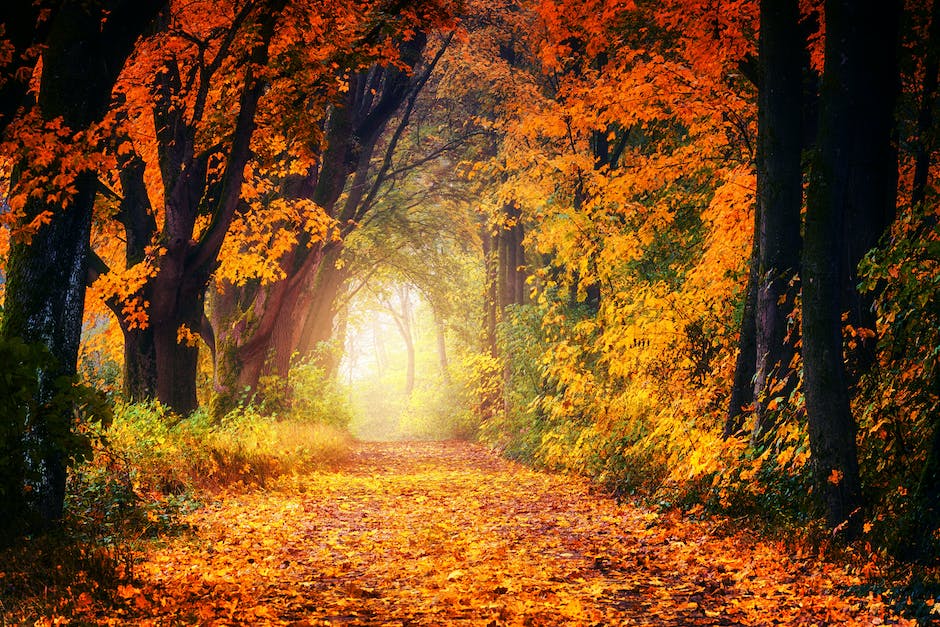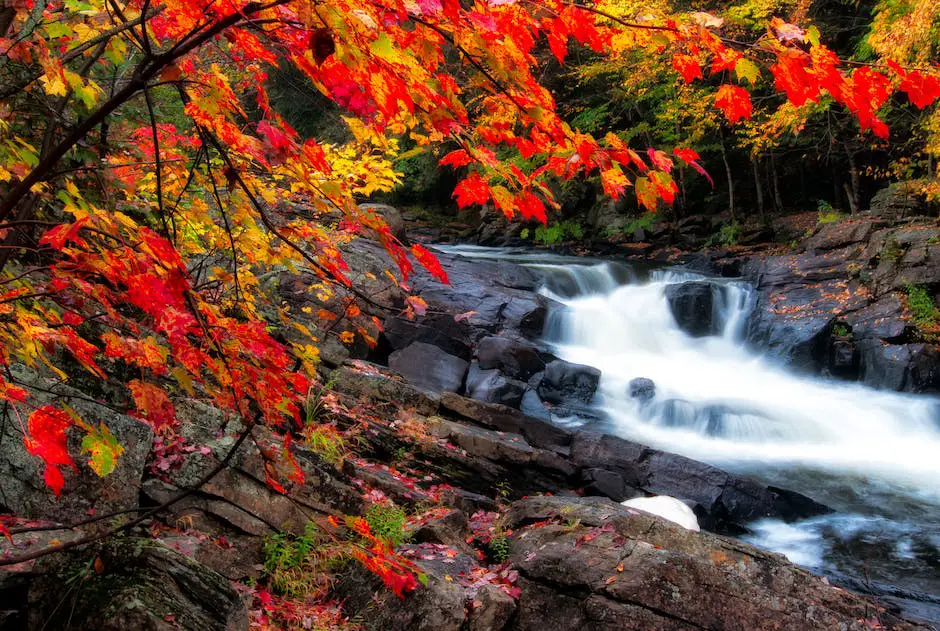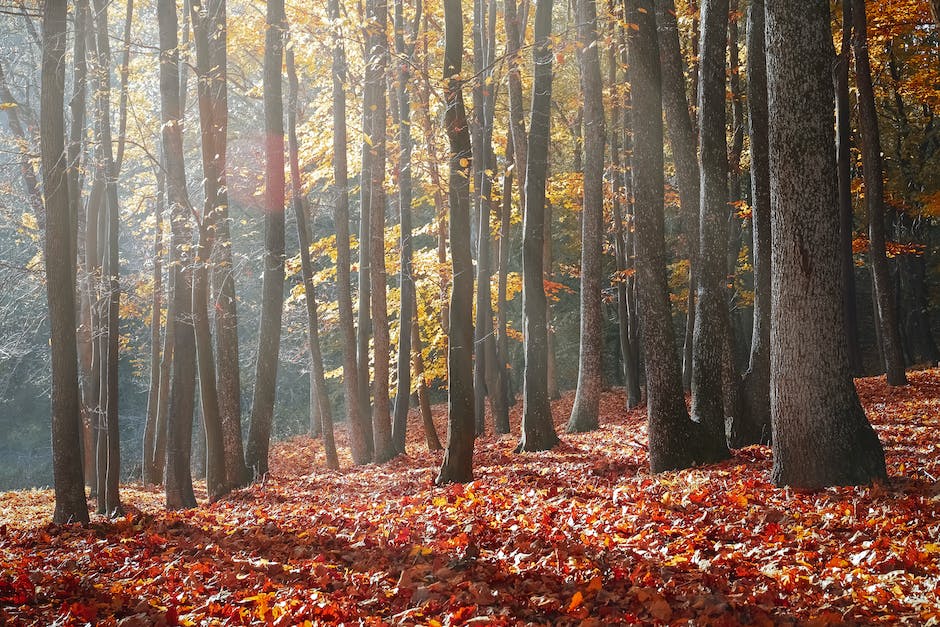Yes, maple trees are easy to grow. They are hardy trees that can tolerate a wide range of soil and weather conditions. Maple trees are also relatively fast-growing, so you can expect to see results within a few years of planting.
While maple trees are easy to grow, they do require some specific growing conditions. Maple trees prefer cool climates and well-drained soil. They also need full sun to partial shade. If you live in an area with hot summers, you will need to provide your maple tree with some protection from the afternoon sun.
How long does it take a maple tree to grow?
Red maples grow at a relatively fast speed; in the tree world, this equals about 12-18 inches of height a year. This makes them a great choice for those looking for a fast-growing tree.
Maples are a great option for the home landscape because they are fast growing, low maintenance, and beautiful. There is a wide variety of options in size, fall colors, and shape. Many maple trees are native to the United States.
Where do maple trees grow best
Japanese maples grow best in partial sun to full shade. All other varieties of maple trees should be planted in an area that receives full sun for optimal growth. Maple trees require well-drained soil that is slightly acidic and kept moist. Mulching around the base of the tree will help to retain moisture and keep the roots cool.
Red maple, sugar maple, and their various hybrids are among the best trees for fall color, growth rate, interesting bark, and ease of propagation. They are on par with historically top-rated trees like American elm, green and white ash, and American chestnut.
How tall is a 10 year old maple tree?
The tree is most likely younger than 10 years old, based on its height. The “Aoyagi” cultivar of the tree would be the same age, but would be larger in size.
A maple or similarly large tree should not be planted 10 feet from a home. Even doing so for shade means the tree should be planted 20 or more feet from the structure. This is because the roots of the tree can damage the foundation of the home, and the branches can damage the roof.
What are the disadvantages of maple?
Maple is a softwood and is therefore prone to scratches and marks. Its smooth surface means that any scratches or marks will be easily visible. If you have pets, you’ll need to be careful to avoid letting their claws scratch the surface. Over time, these scratches will become more visible.
Diseases can be a big problem for maples in both the landscape and in natural woodlots and forests. Anthracnose, fungal leaf spots (including tar spot), powdery mildew, and Verticillium wilt are diseases that are usually encountered every year, while leaf scorch is an occasional problem.
Do maple trees need a lot of water
Maple trees need a lot of water to stay healthy, especially when they are young. If it’s dry and hot out, water your tree a few gallons every couple of days rather than a little every day.
No matter what type of maple tree you have, though, you can expect it to be a long-lived species!
What is special about maple trees?
Maple sap is used to produce maple syrup, which is a popular condiment used on pancakes, waffles, and other breakfast foods. Maple syrup is made by boiling the sap of maple trees to evaporate the water, leaving behind a thicker, concentrated syrup. The sugar content in the sap of maple trees is much higher than in other trees, which is why it produces such a sweet syrup.
Ideally, Japanese maple trees should be placed in a spot with dappled shade. They are prone to leaf scorch in hot and dry locations in full sun. Scorched leaves develop brown margins and often drop from the tree by mid to late summer.
What are the pros and cons of maple
Maple wood is a popular material for furniture and other wood products because it is affordable and ultra-durable. It can take a beating and look great for many years to come. Because it takes dark stains well, maple is often used to mimic more expensive woods. While this is a pro in terms of the wood’s versatility, it is also a con because it puts maple trees at risk from deforestation.
Maple trees are a popular choice for both their aesthetic beauty and low level of messiness. In autumn, their leaves turn different shades of gold, crimson, and orange, providing a stunning display. In early spring, new leaves emerge which will eventually offer plenty of summer shade.
What are the disadvantages of red maple trees?
Red maple trees are popular with landscapers and home gardeners but suffer from a number of problems. They are slow to establish, have poor branching structure and, most importantly, they are susceptible to long-term trunk injury or damage, which results in internal rot and decay.
There are a number of ways to prevent these problems, including proper planting and care, but it is important to be aware of the potential issues so that you can take steps to prevent them.
If you are looking for a classic maple tree for your front yard, the Sun Valley variety is a great option. It is fast-growing and provides good shade, with no seeds and resistance to Leafhoppers.
Can you keep a maple tree small
Pruning a maple tree on a regular basis can help to keep it the desired size, and prevent it from encroaching on its neighbours. Pruning can also assist the tree in developing a sound branch structure. By carefully removing branches, you can reduce or eliminate structural issues in the tree.
Maple trees are a great addition to any home, and planting them in the fall is the best time to do it. The cooler weather and rainfall help the tree get used to its new home and make it thrive.
Do maple tree roots cause problems
Silver maple trees have potent roots that can penetrate septic systems, water lines and drain lines. They can also push up sidewalks, driveways and patios if planted too close to these hardscape areas. If you have any of these features in your yard, it’s best to avoid planting silver maples (or to exercise great care in doing so).
Tree roots can be very damaging to a house foundation. They are opportunistic and will only grow and penetrate where it is easiest to grow, such as friable soils and mulch. This can cause serious damage to your foundation and should be addressed as soon as possible.
Do maples have deep roots
Red maple and some other trees do not develop many deep roots under any circumstances. Under favorable conditions, however, these trees may develop a greater root system including a dominant root system. The lack of deep root development under less than favorable circumstances may be a limiting factor in the growth and survival of these trees.
Only the red maple (Acer rubrum) and possibly closely related hybrids are known to be toxic. The toxin in red maples oxidizes hemoglobin with the formation of Heinz bodies, methemoglobinemia and subsequent hemolytic anemia.
What’s more expensive maple or oak
As you shop for hardwood flooring, you might notice that oak and maple floors cost about the same. But there are reasons why oak is generally slightly more expensive than maple. The cost of the floor depends on the width and length of the floorboards, the grade of the lumber, the country of origin, and other factors.
Oak is a classic hardwood that has been used for centuries in beautiful homes and finest buildings. It is strong and durable, yet still gives off a warm and inviting feeling. Many people choose oak for its natural beauty and timeless appeal.
Maple is also a popular hardwood, prized for its clean, uniform grain and attractive light color. It is often used in modern or contemporary style homes. Maple is also a very hardwood, making it a good choice for high traffic areas.
So, when you are comparing hardwood flooring prices, remember that oak is usually slightly more expensive than maple. But both of these woods make beautiful, long-lasting floors that will enhance the value of your home.
According to the new report, more than 30 species of maple trees are in decline and facing extinction in the imminent future. Maple trees are cherished for their colourful appearances and syrup production, but the report says that their future is in jeopardy. The report blames a combination of climate change, human activity, and disease for the decline of the maple tree. If action is not taken to protect these trees, the report warns that they could be lost forever.
What kills a maple tree
All trees are susceptible to diseases and pests, and maples are no exception. Some of the most common problems for maples are verticillium wilt (also called maple wilt), root rot, gall mites, cankerworms, aphids, cottony scale, petiole borers, leafhoppers, and boxelder bugs. All of these can cause serious damage to trees, and some can even kill them. It’s important to be on the lookout for these problems so that you can catch them early and take steps to mitigate the damage.
MacDougal was referring to the sugar maples on the college’s campus in Colchester, Vermont, which were tapped for sap collection last week. While sugar maples are typically tapped later in the season when the sap is more plentiful, the current weather conditions – warm days and freezing nights – have caused the sap to rise early. This sudden rise in sap pressure can cause the tree’s branches to break.
While the sugar maples on the St. Michael’s campus are at risk of branch breakage, the maple syrup production from Vermont’s maple trees is not in danger. The sap pressure build-up only affects the trees that have been tapped; the untapped trees are not affected.
So, while the weather may be wreaking havoc on the sugar maples at St. Michael’s College, it’s business as usual for Vermont’s maple syrup producers.
Why do my maple trees keep dying
A maple tree’s energy reserves are depleted when it has to fight off environmental stress and physical injuries. These injuries can leave the tree open to secondary infections, which can cause the tree todecline. Other causes of maple tree decline include root breakage, soil compaction from heavy equipment, nutritional imbalance, prolonged drought, and vandalism.
Some varieties of Japanese maple can tolerate high temperatures, even in the 90s and 100s. However, some of these maples still require afternoon shade.
Final Words
There is no easy answer to this question as it depends on a number of factors, such as the type of soil you have, the climate you live in, and your level of experience with gardening. That being said, some species of maple trees are easier to grow than others, and if you provide the proper care, most maple trees will thrive.
After doing some research on the subject, it seems that maple trees are not particularly easy to grow. They have specific soil and water requirements, and are also susceptible to various diseases and pests. While they are not impossible to grow, it appears that maple trees are best suited for experienced gardeners.
Jackson Hill is a passionate arborist with years of experience in the field of trees. He developed his fascination with trees at a young age, spending countless hours exploring the forests and climbing trees. Jackson went on to study arboriculture and horticulture at Michigan State University and later earned a degree in forestry from the University of Michigan.
With his extensive knowledge and expertise, Jackson has become a trusted authority on trees and their impact on the environment. His work has helped shape the field of arboriculture and he continues to be a leading voice in the industry.
